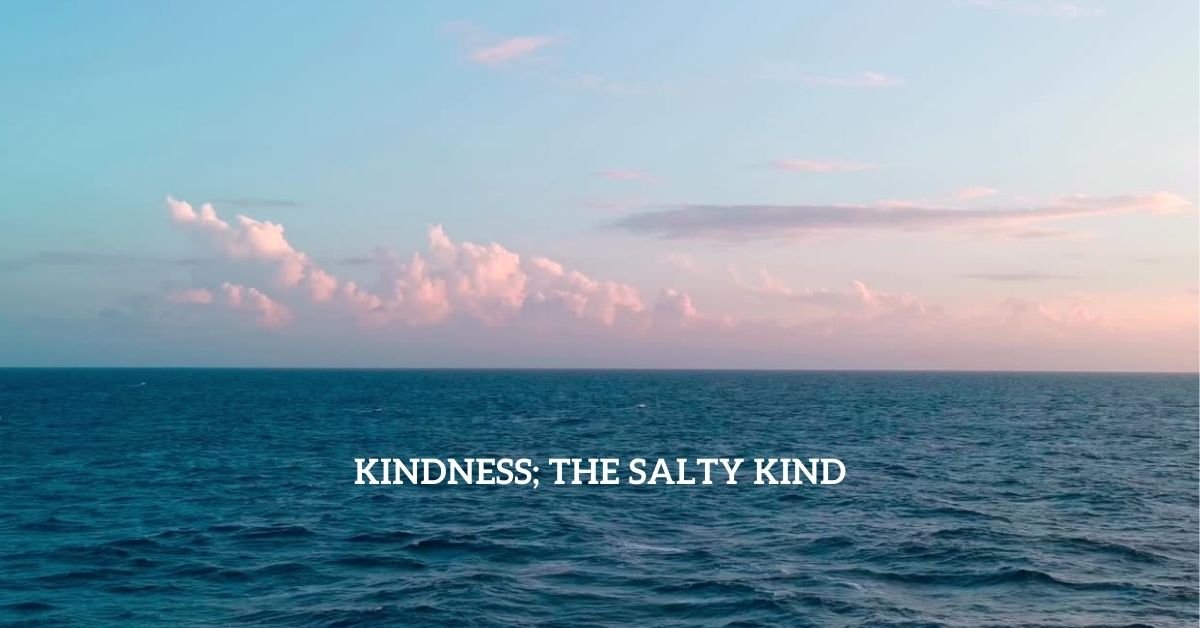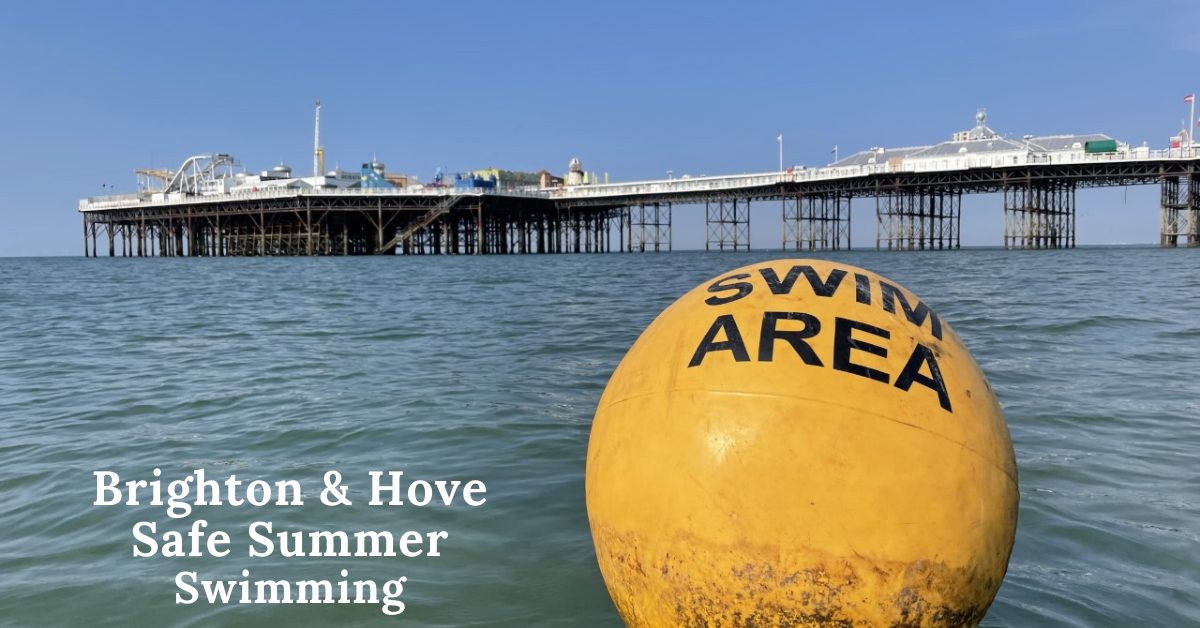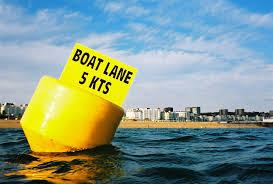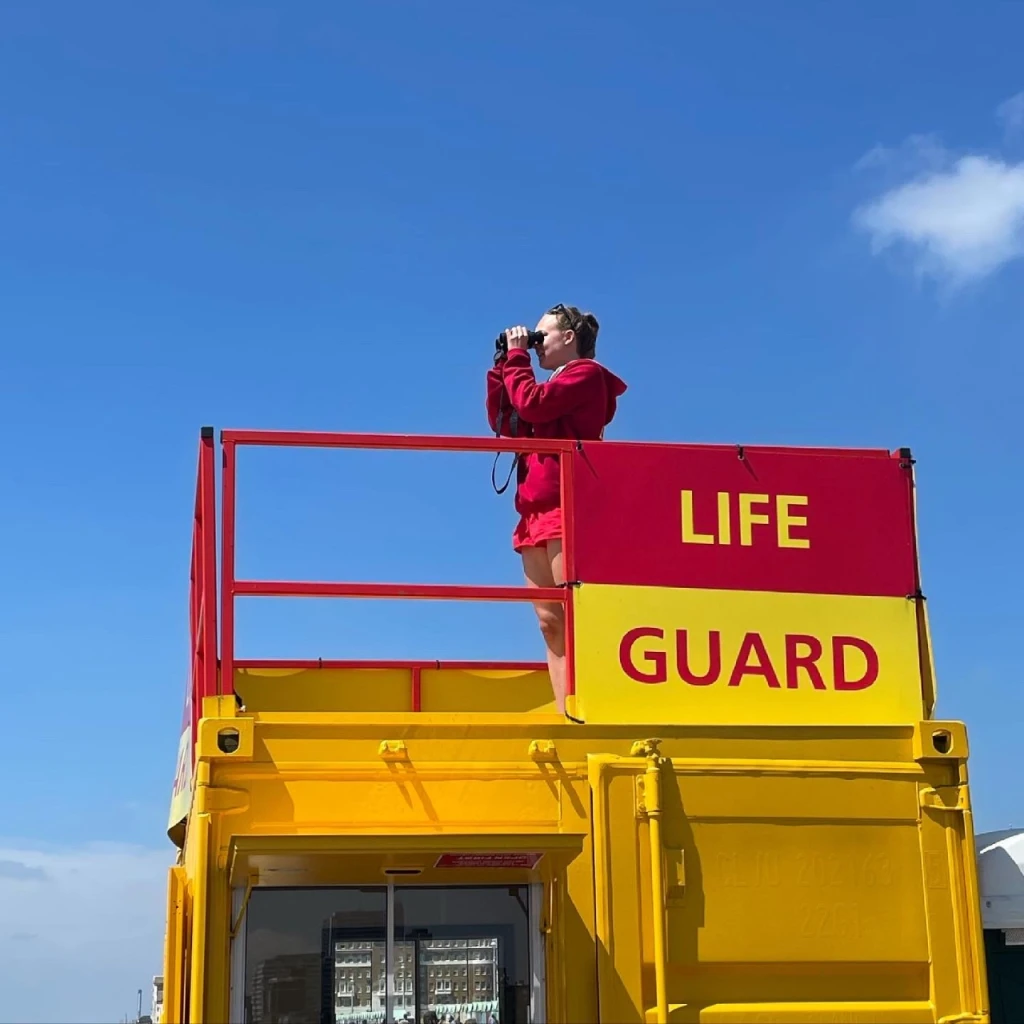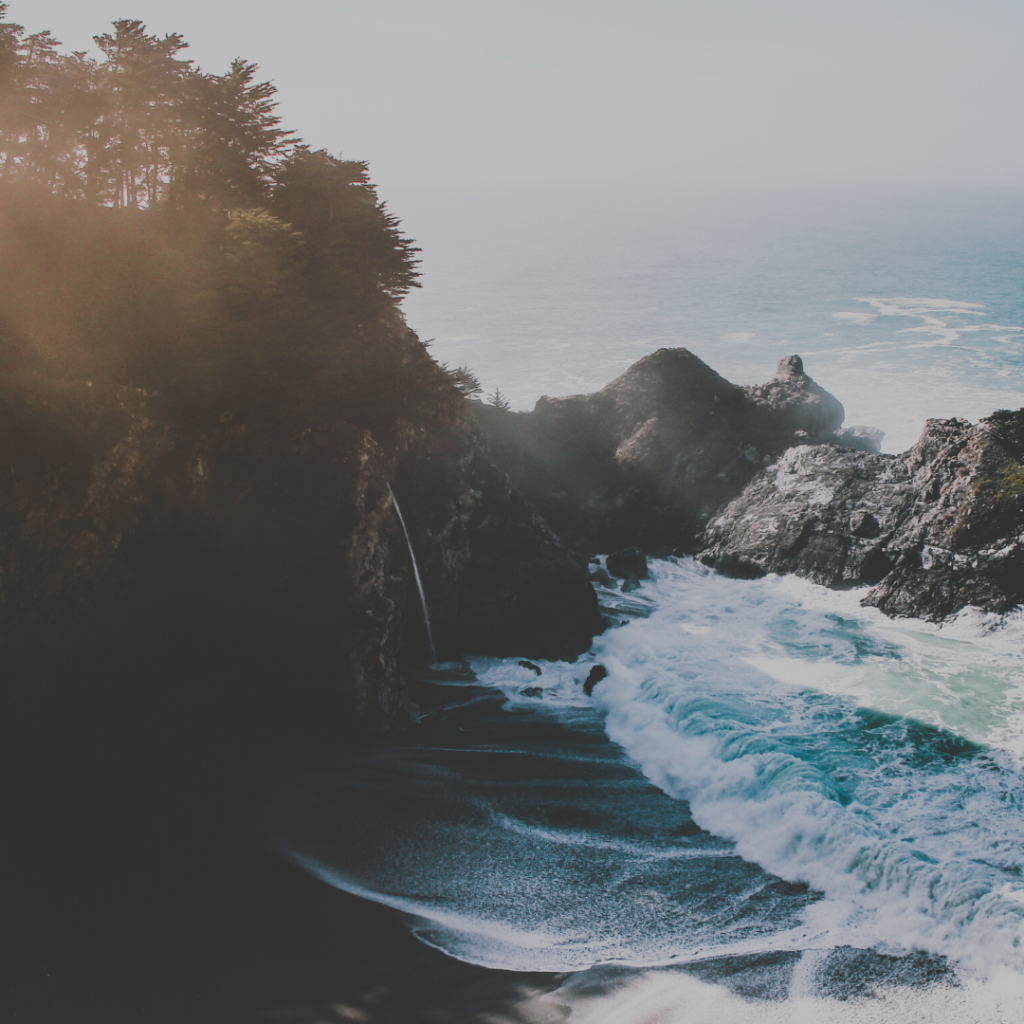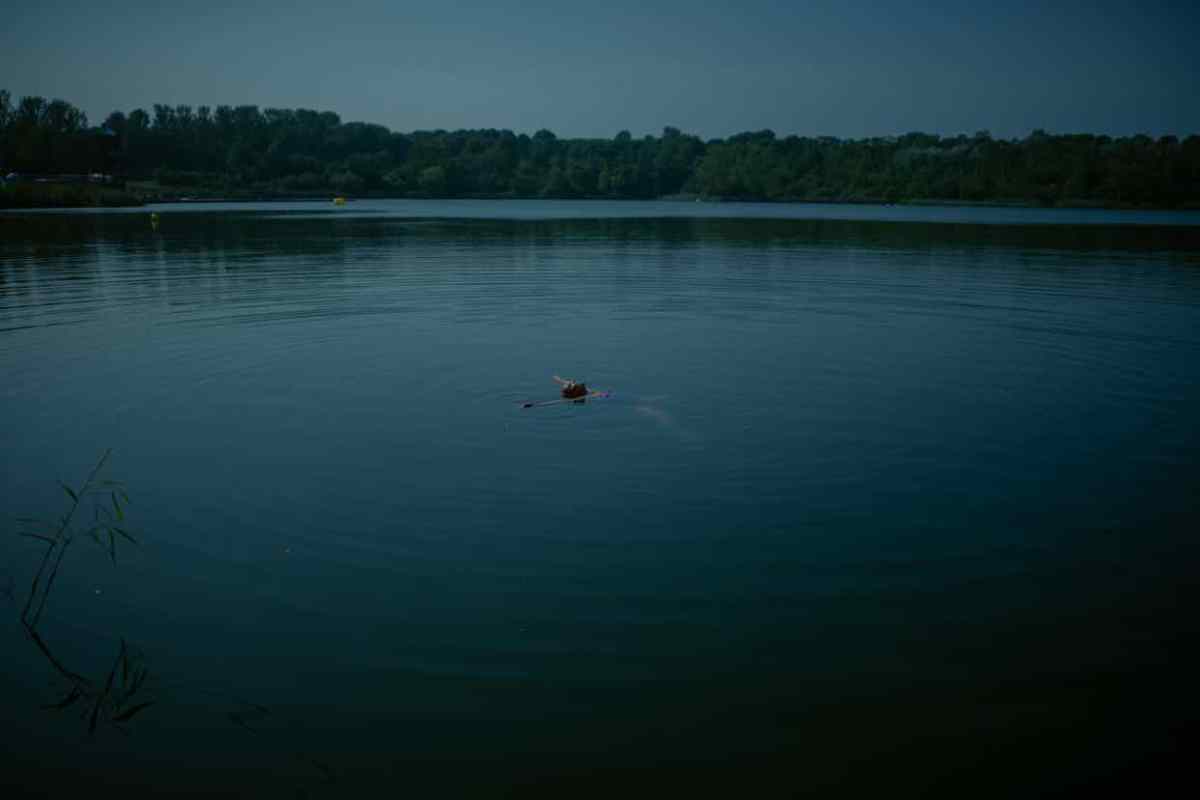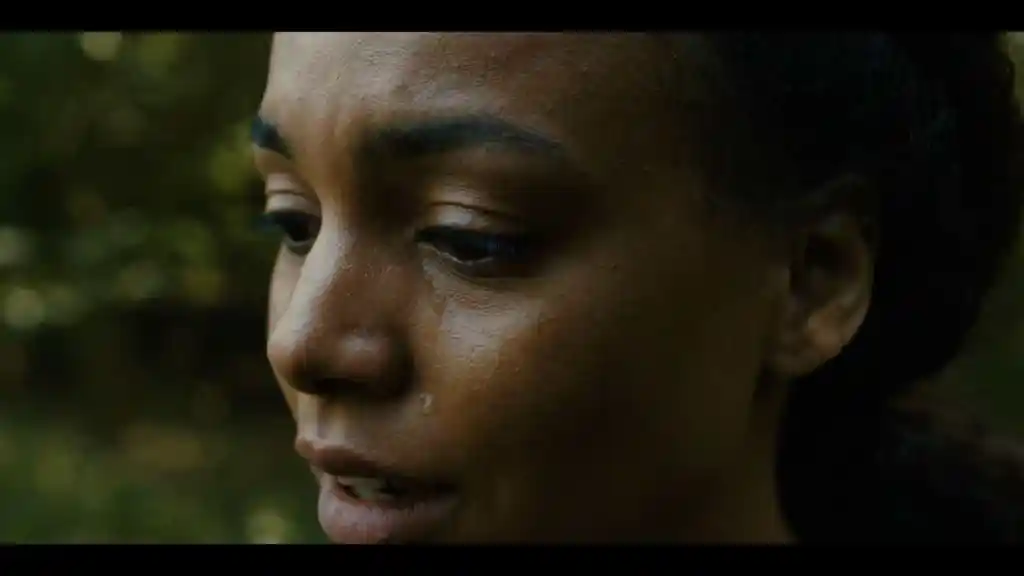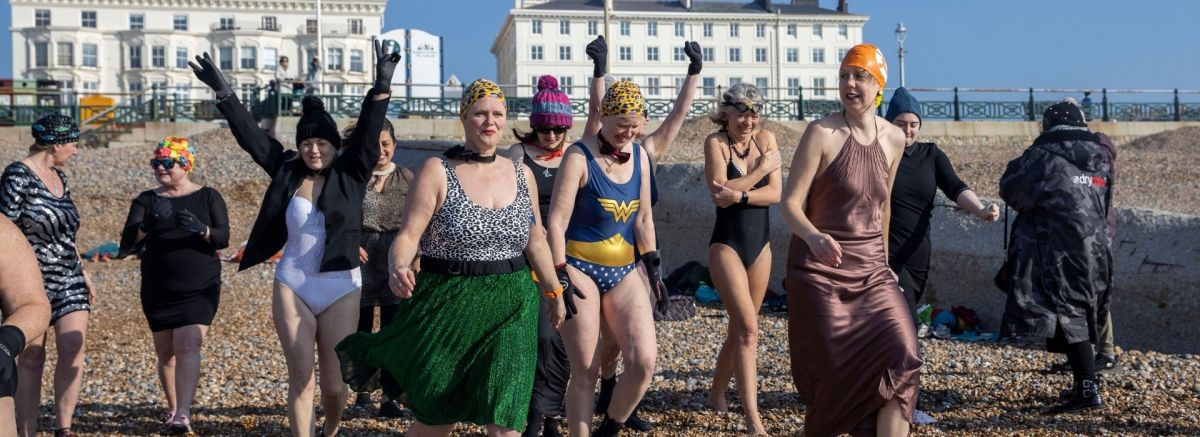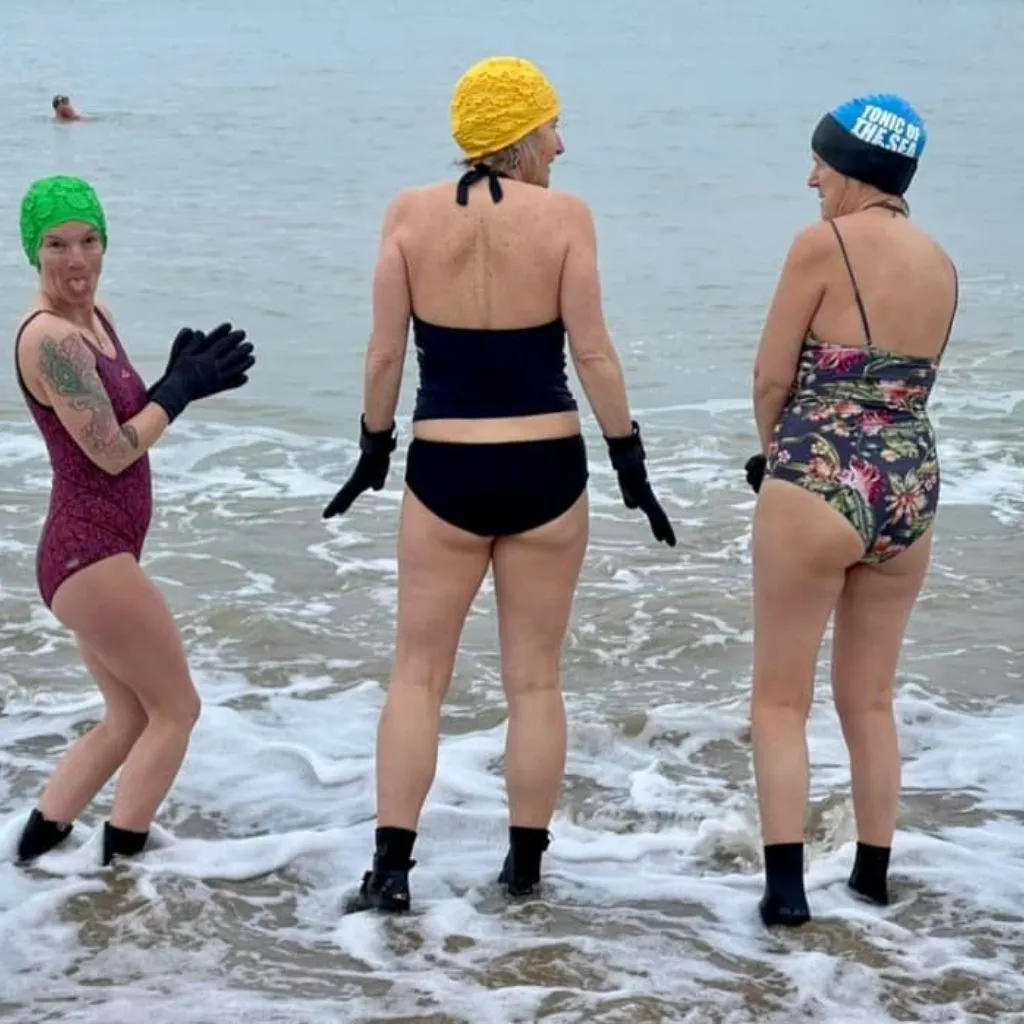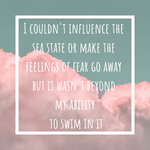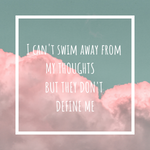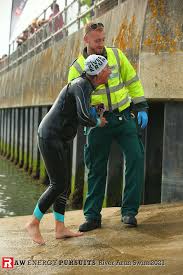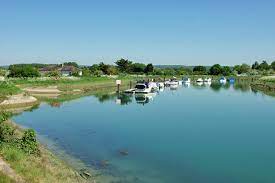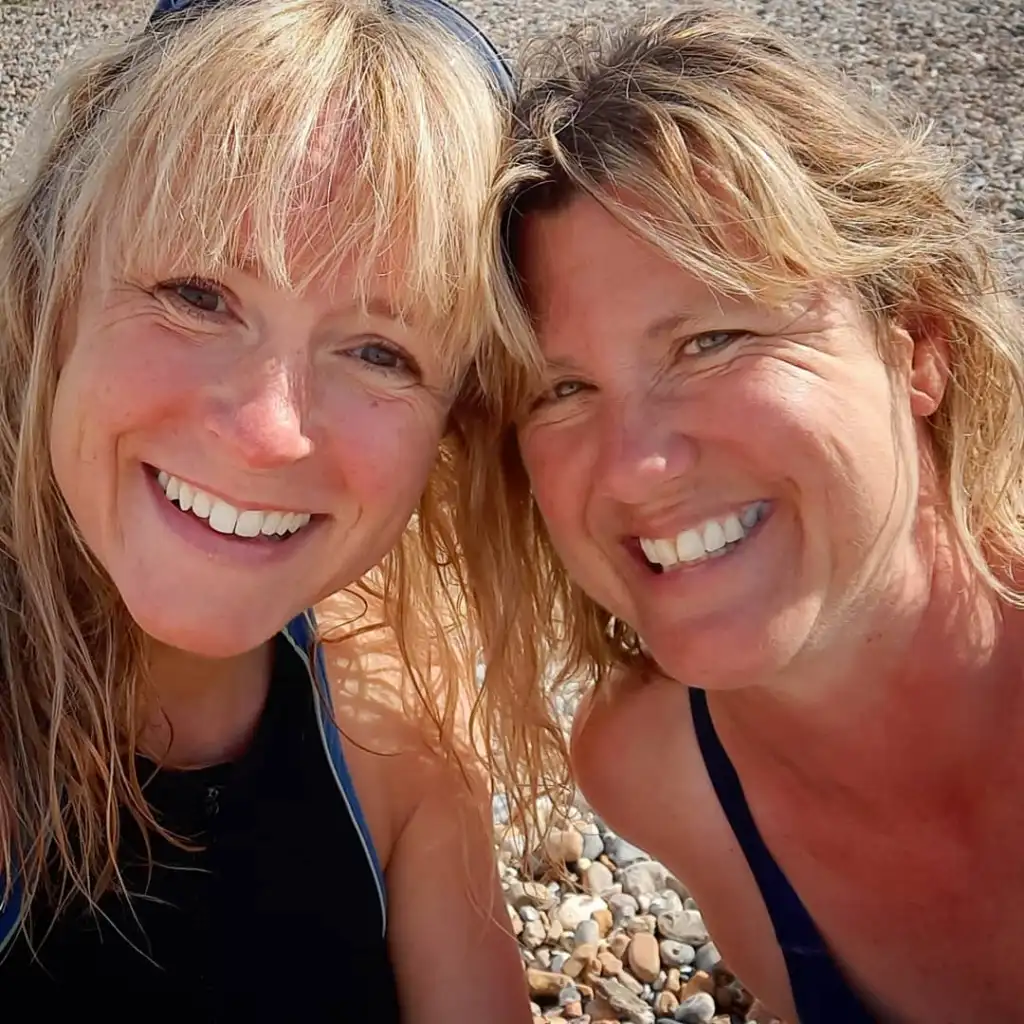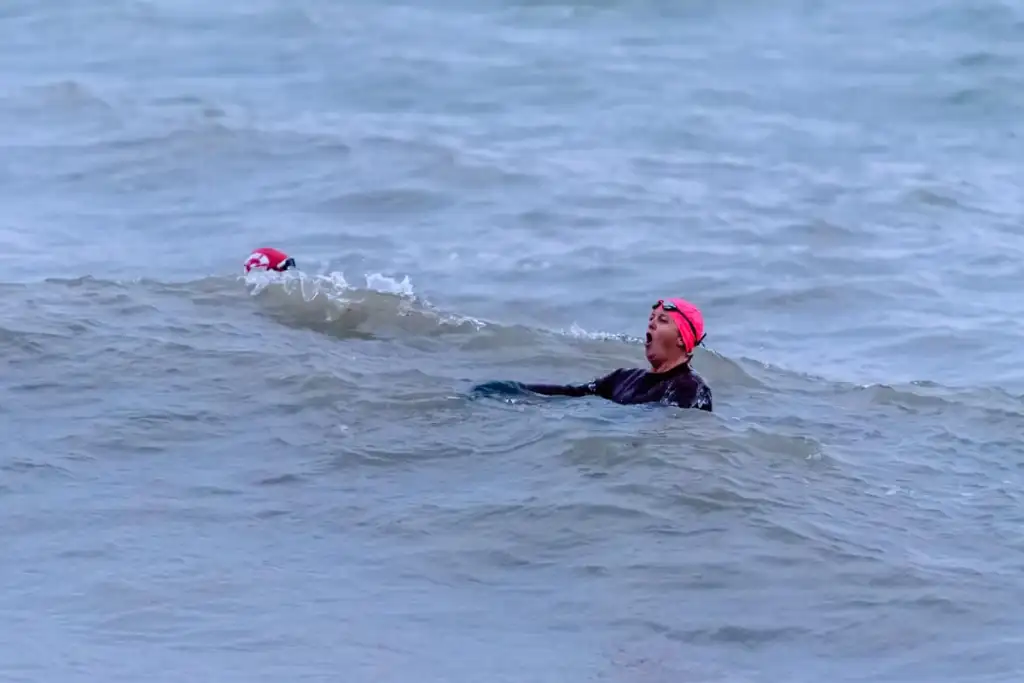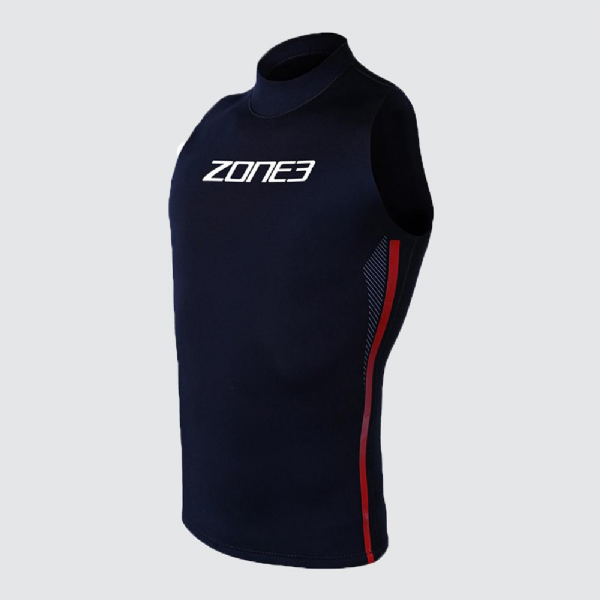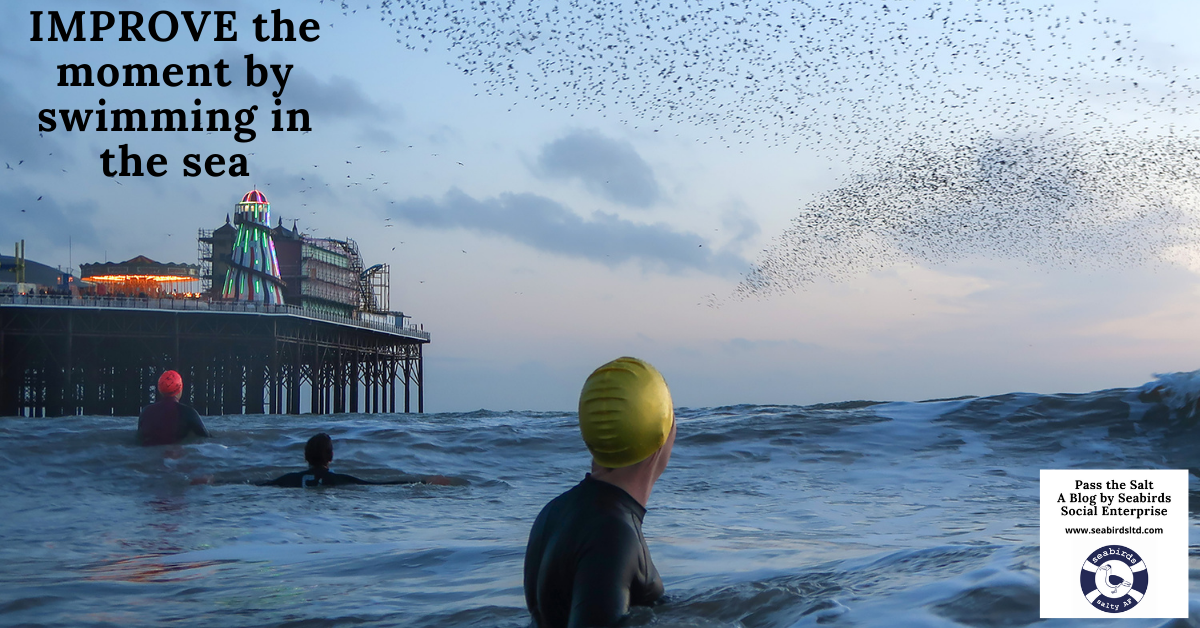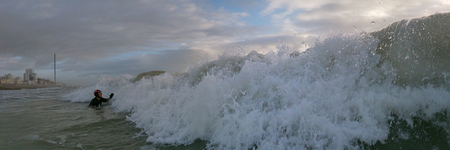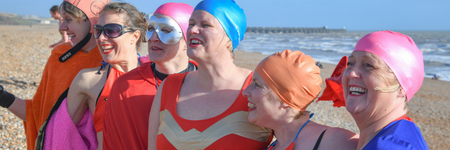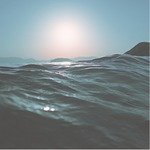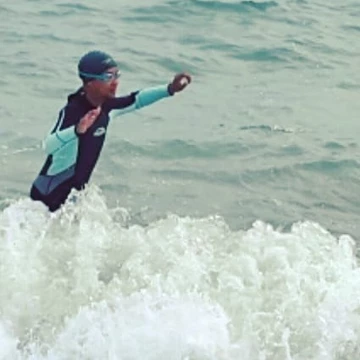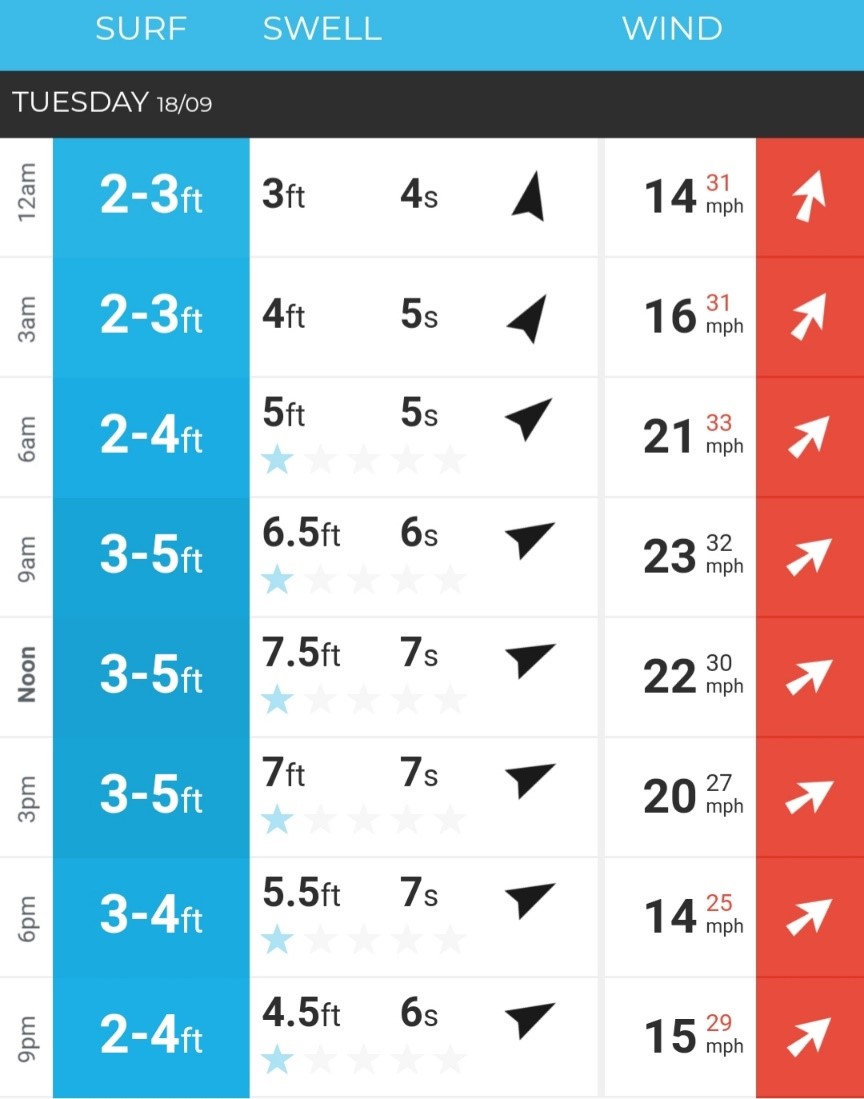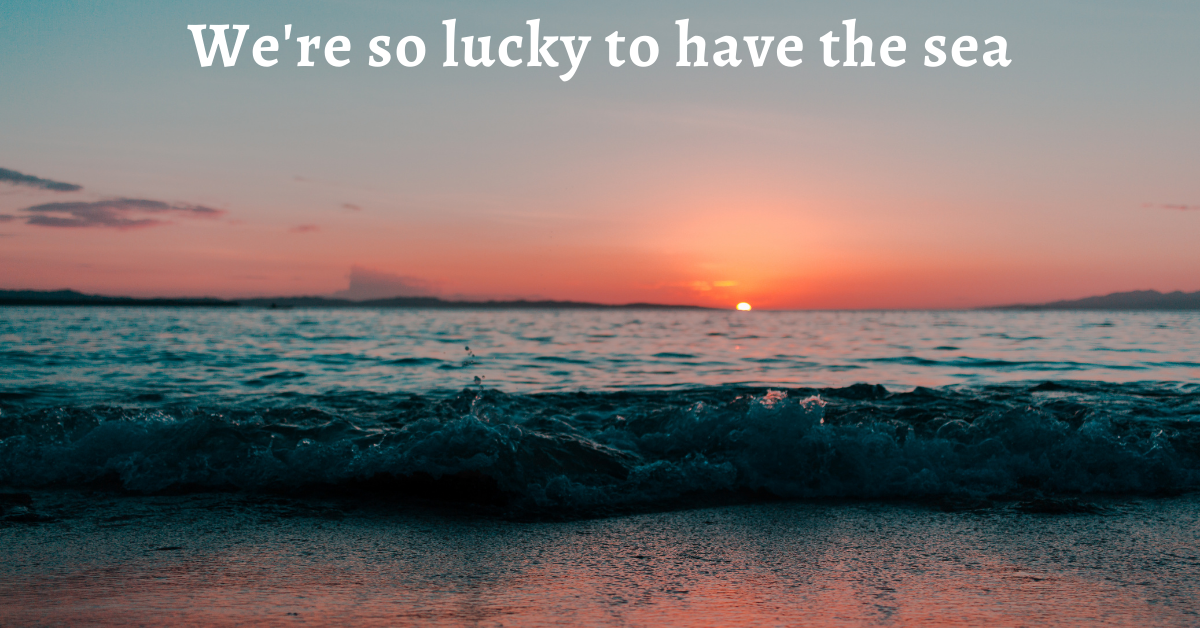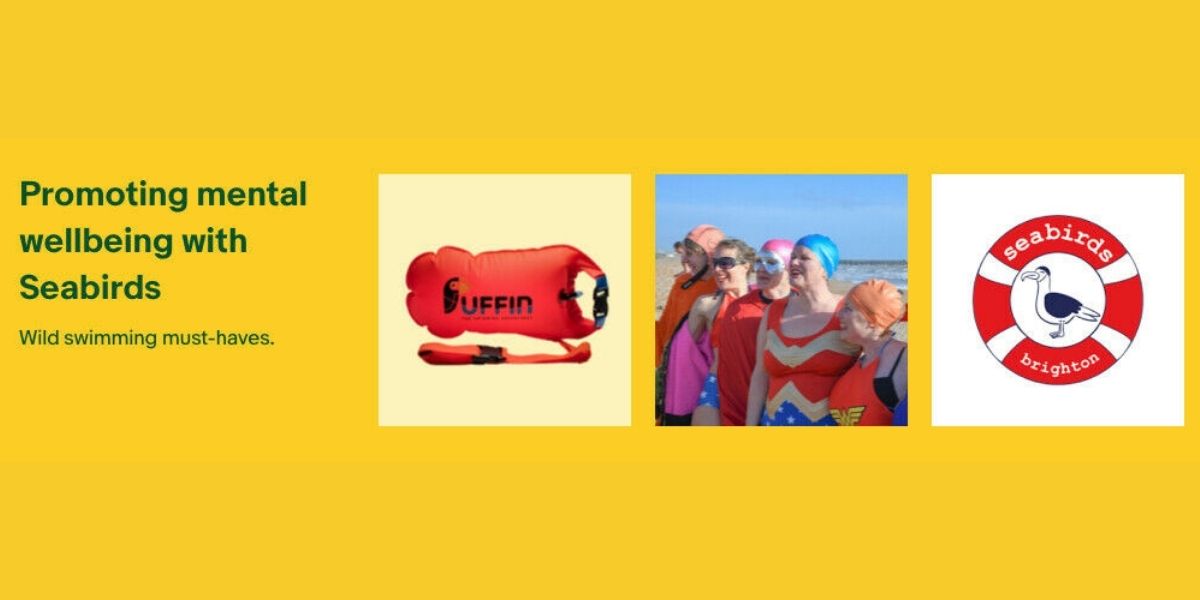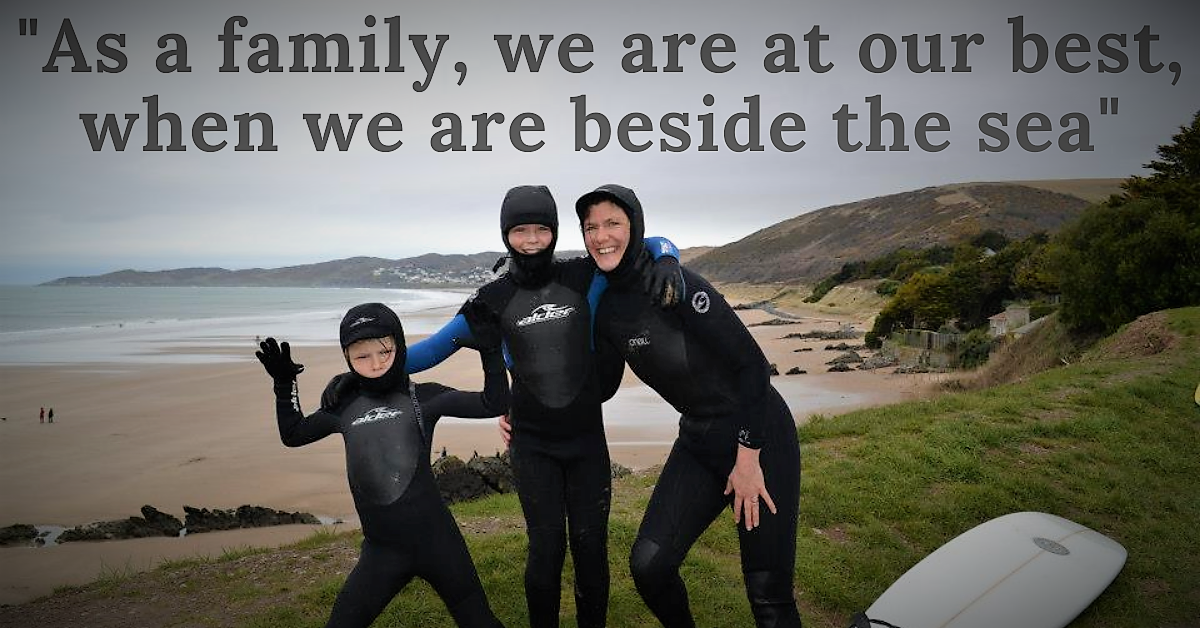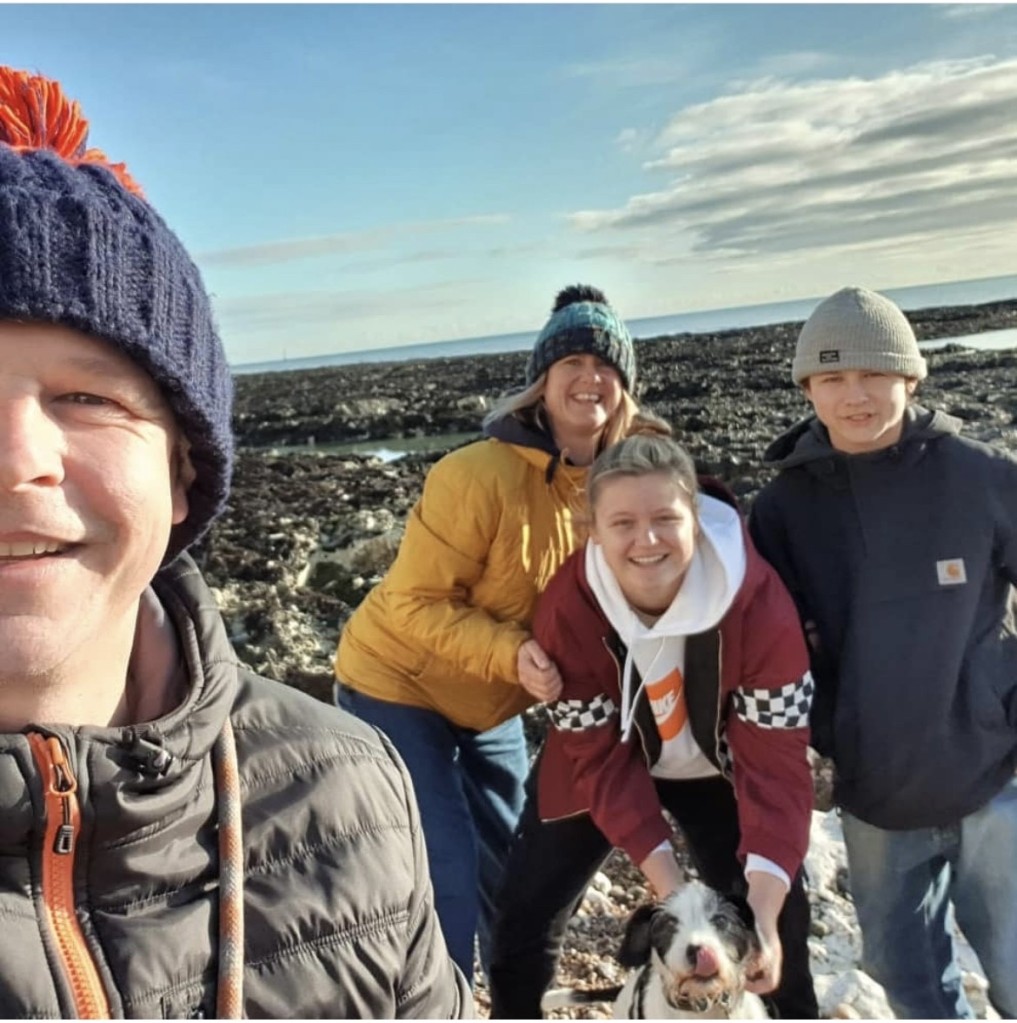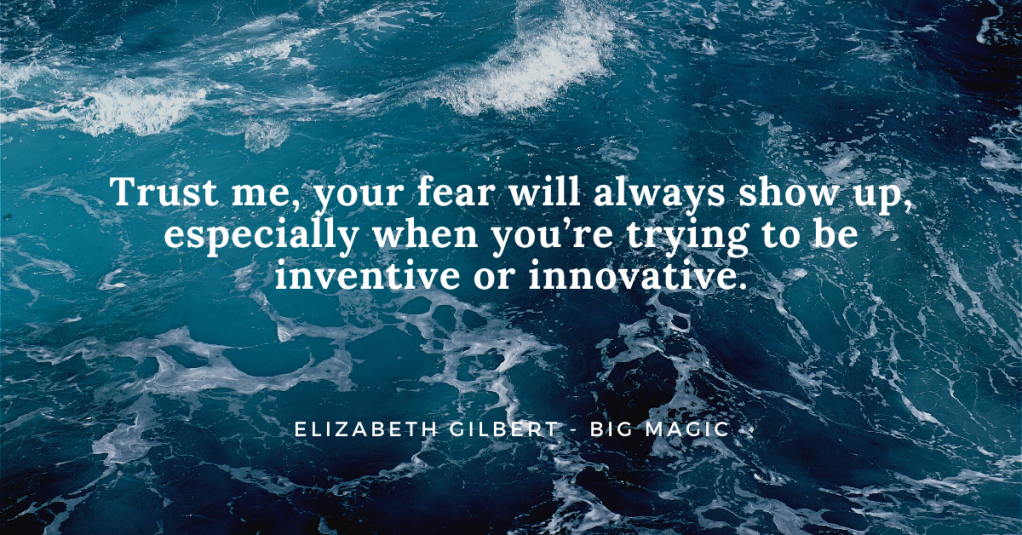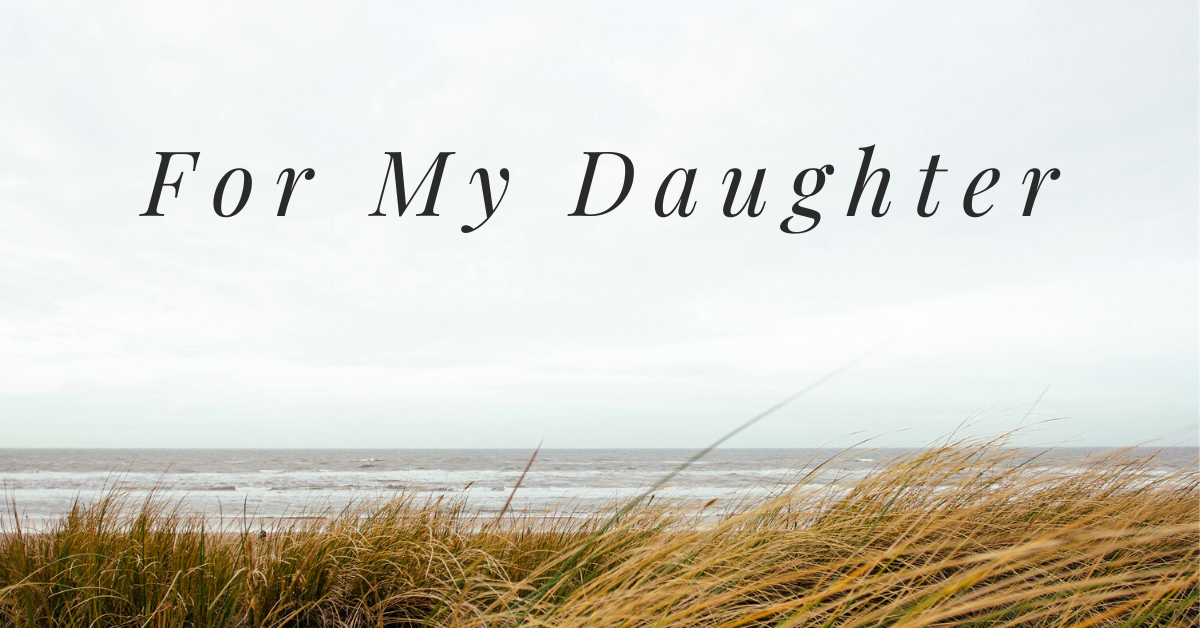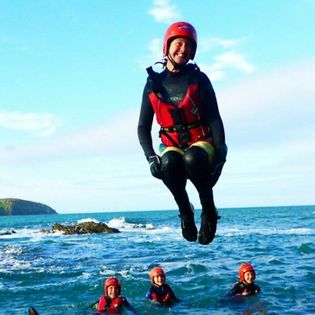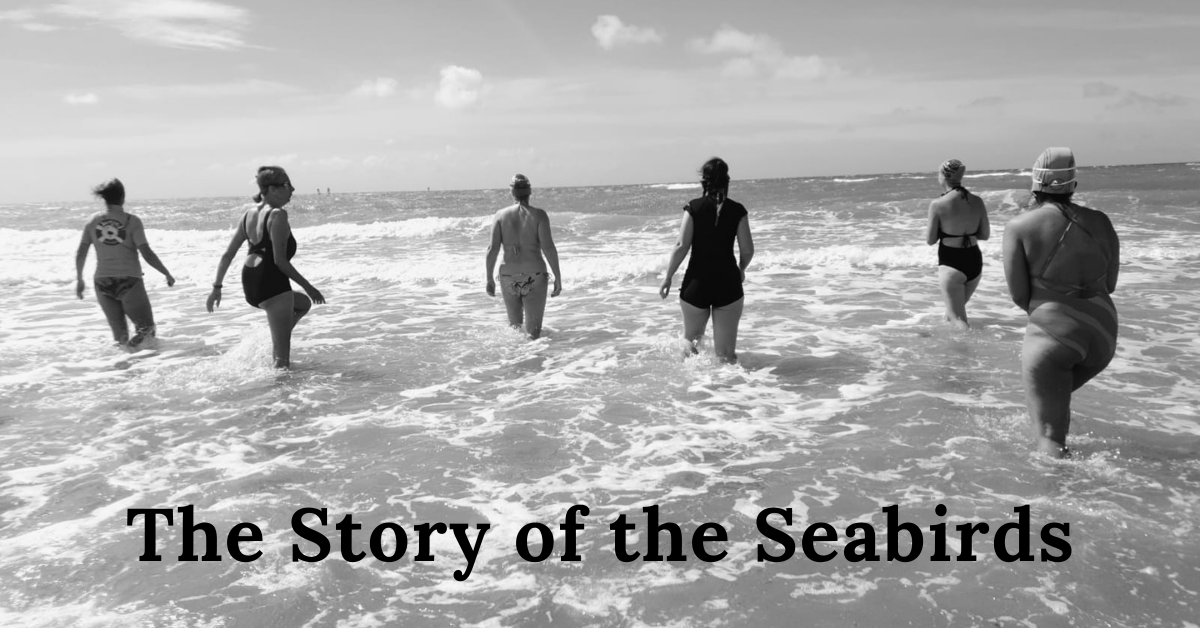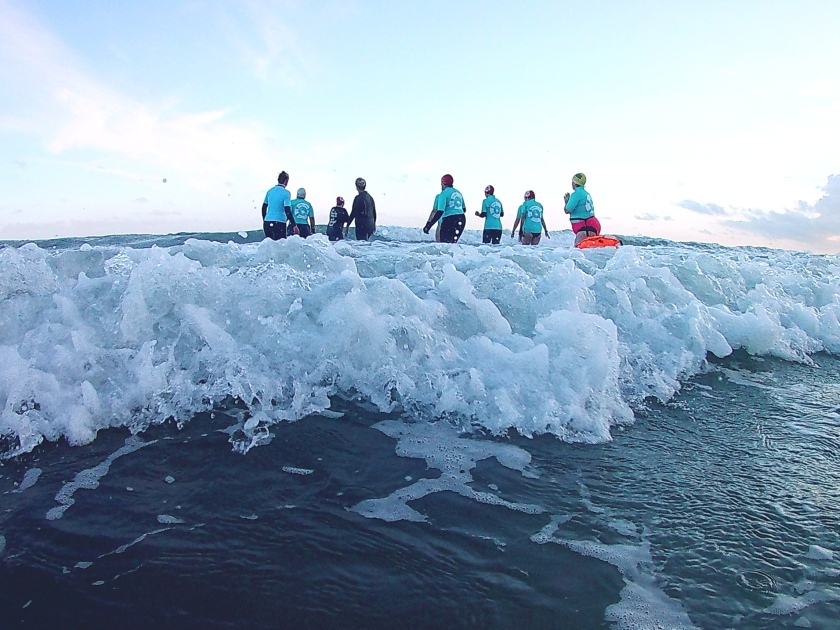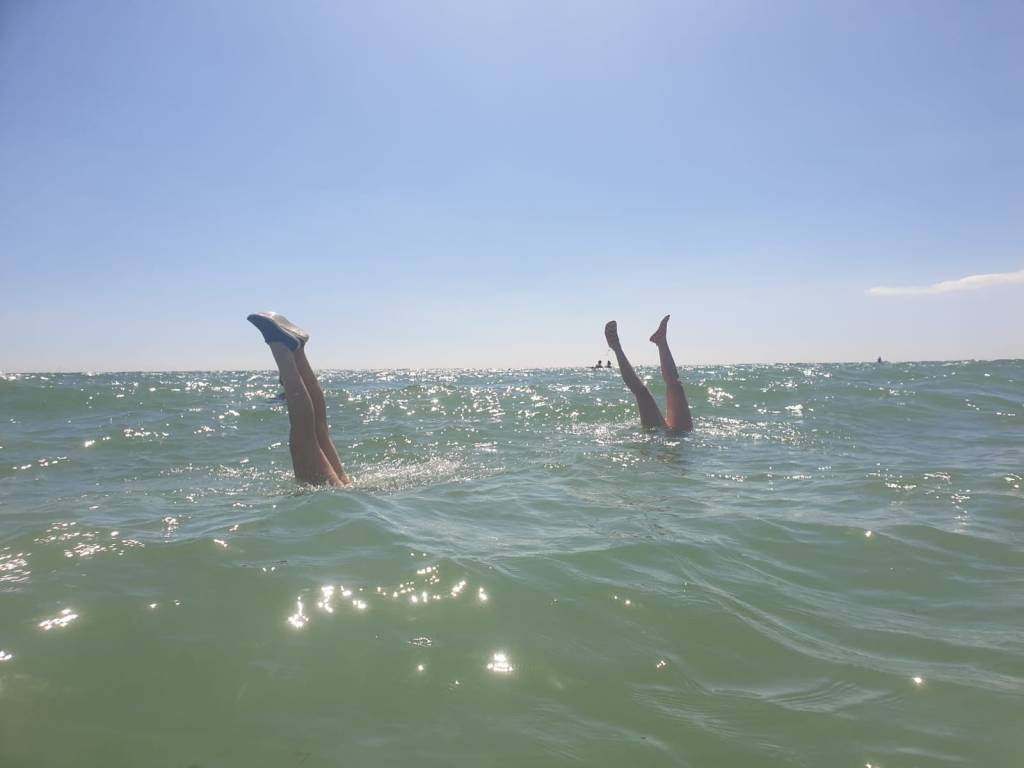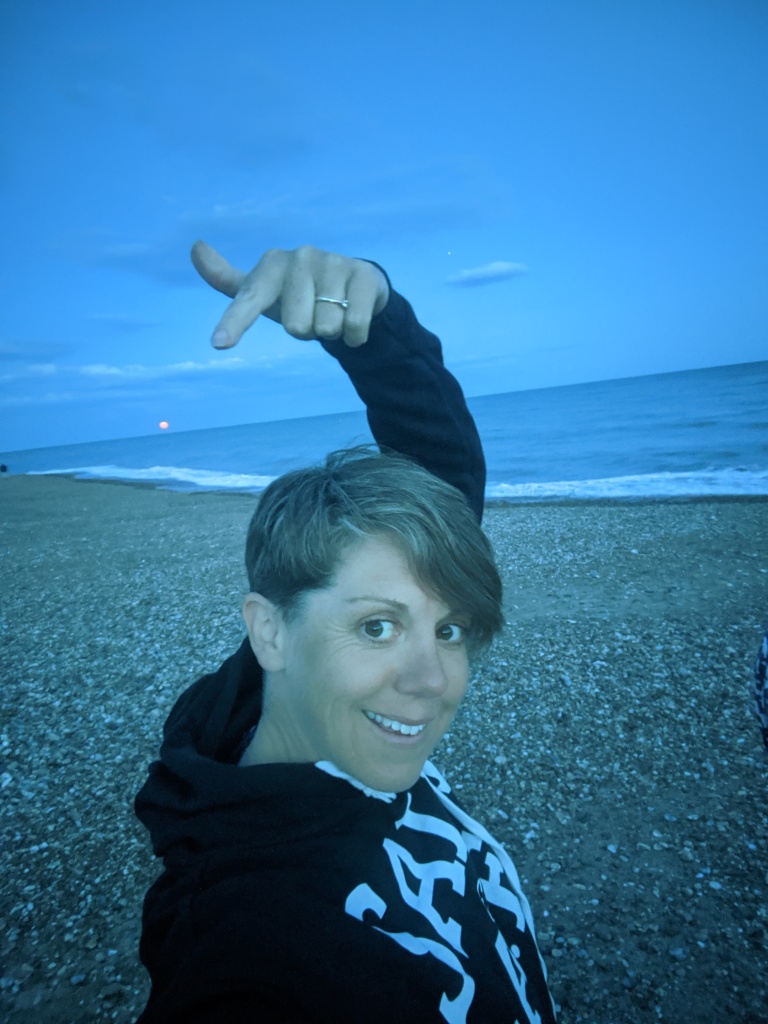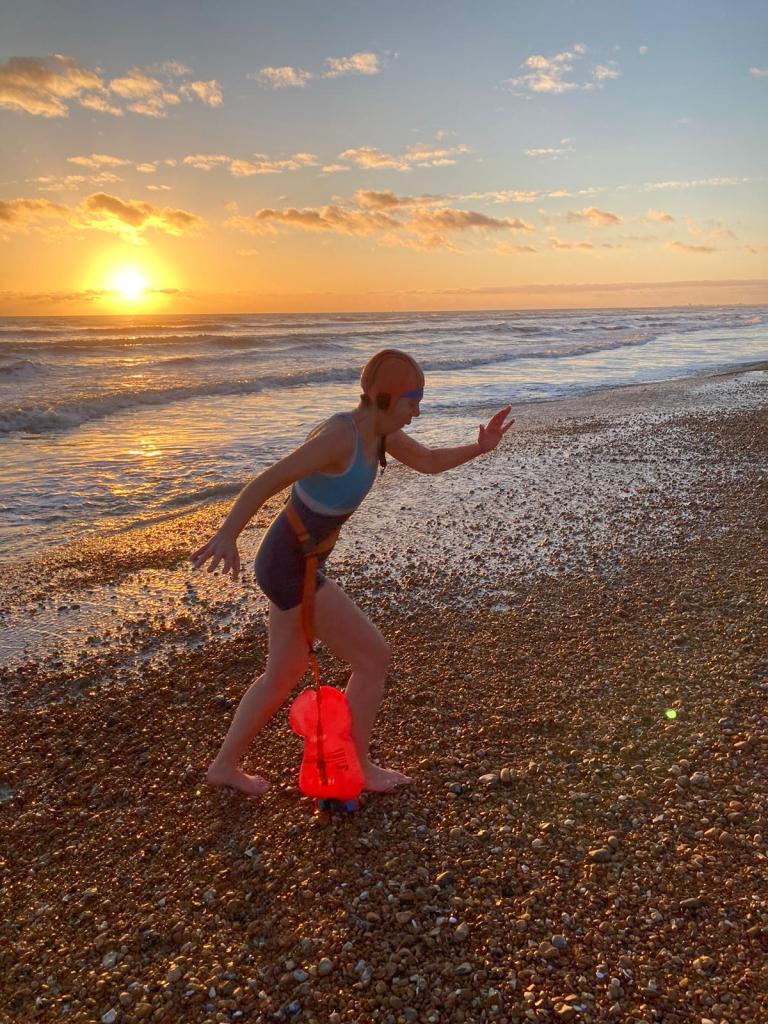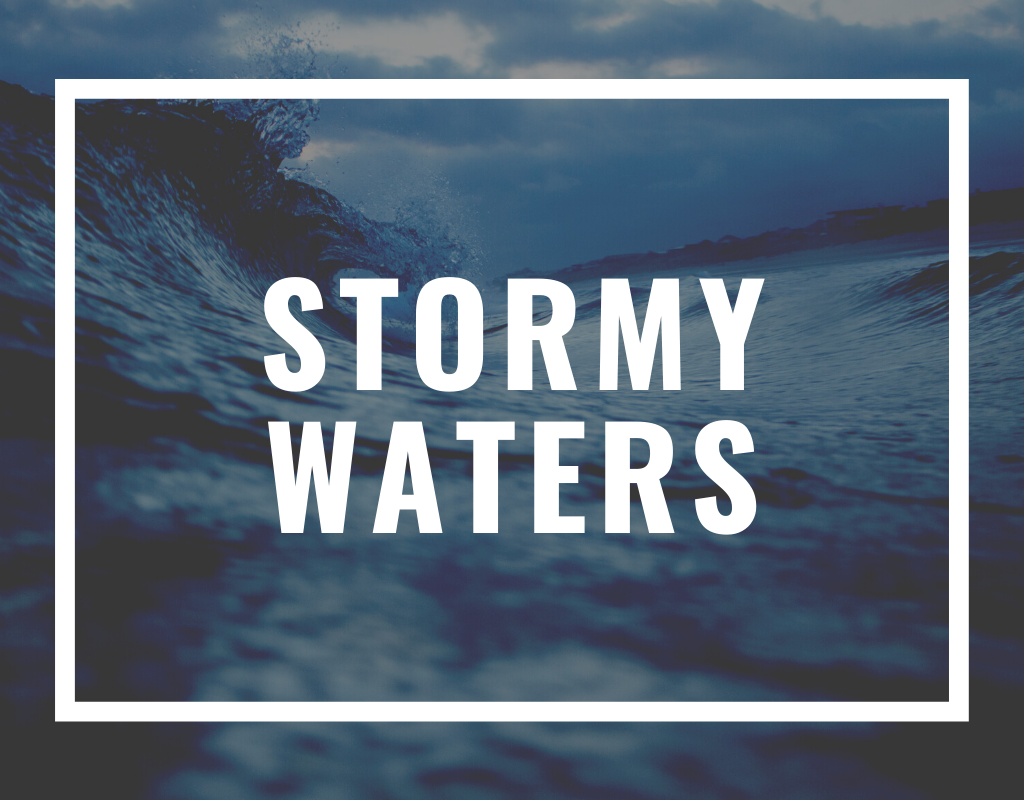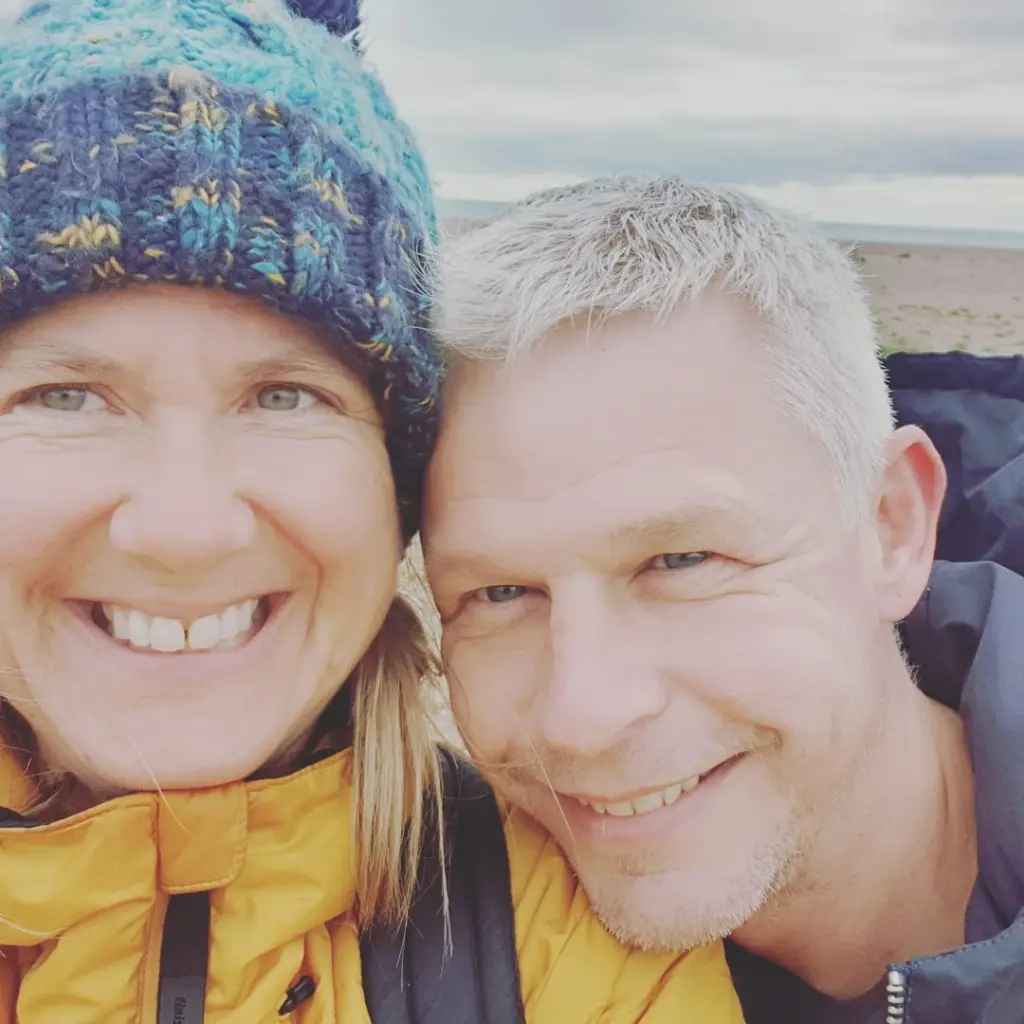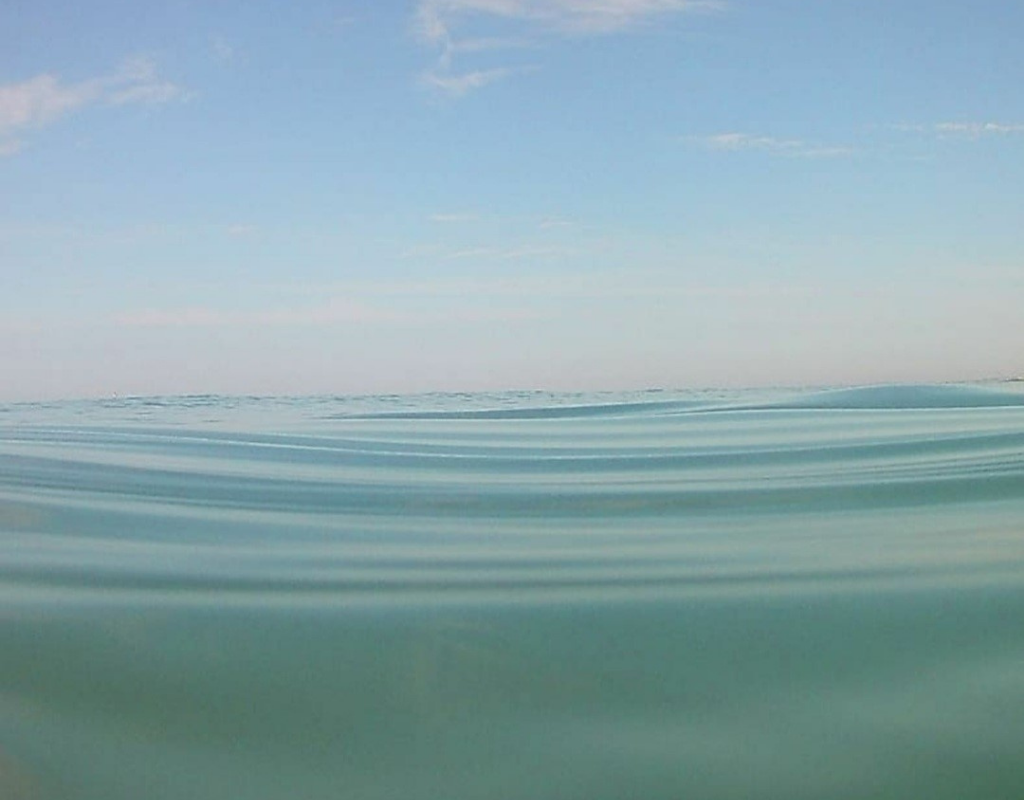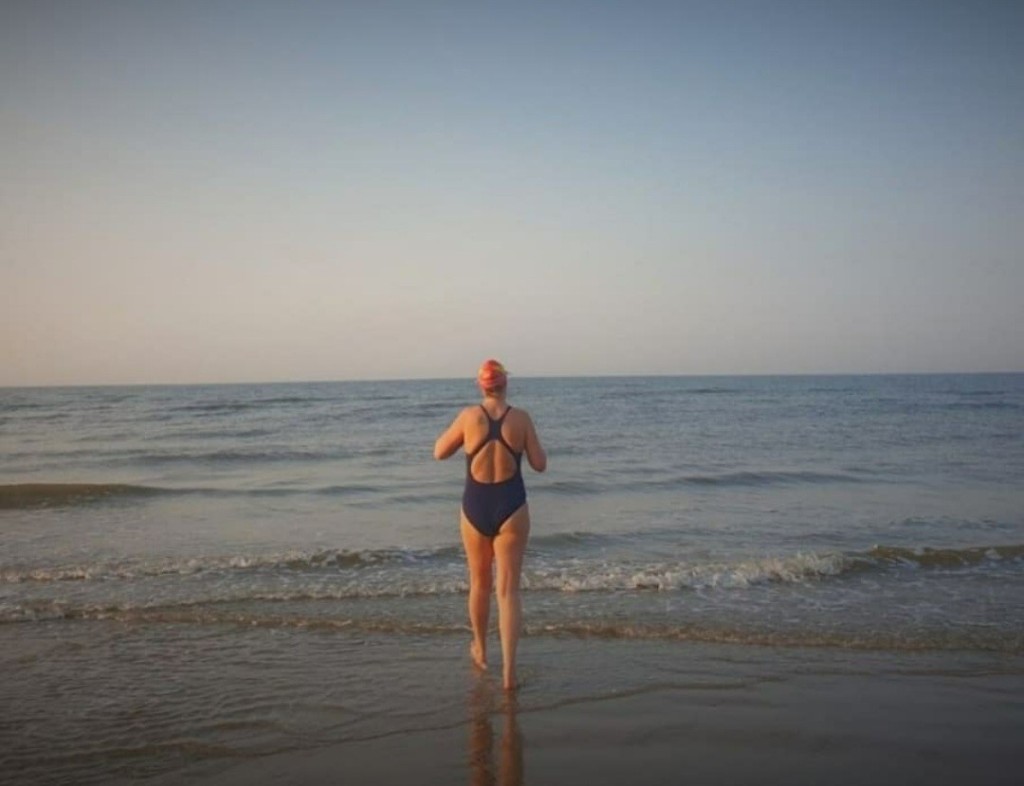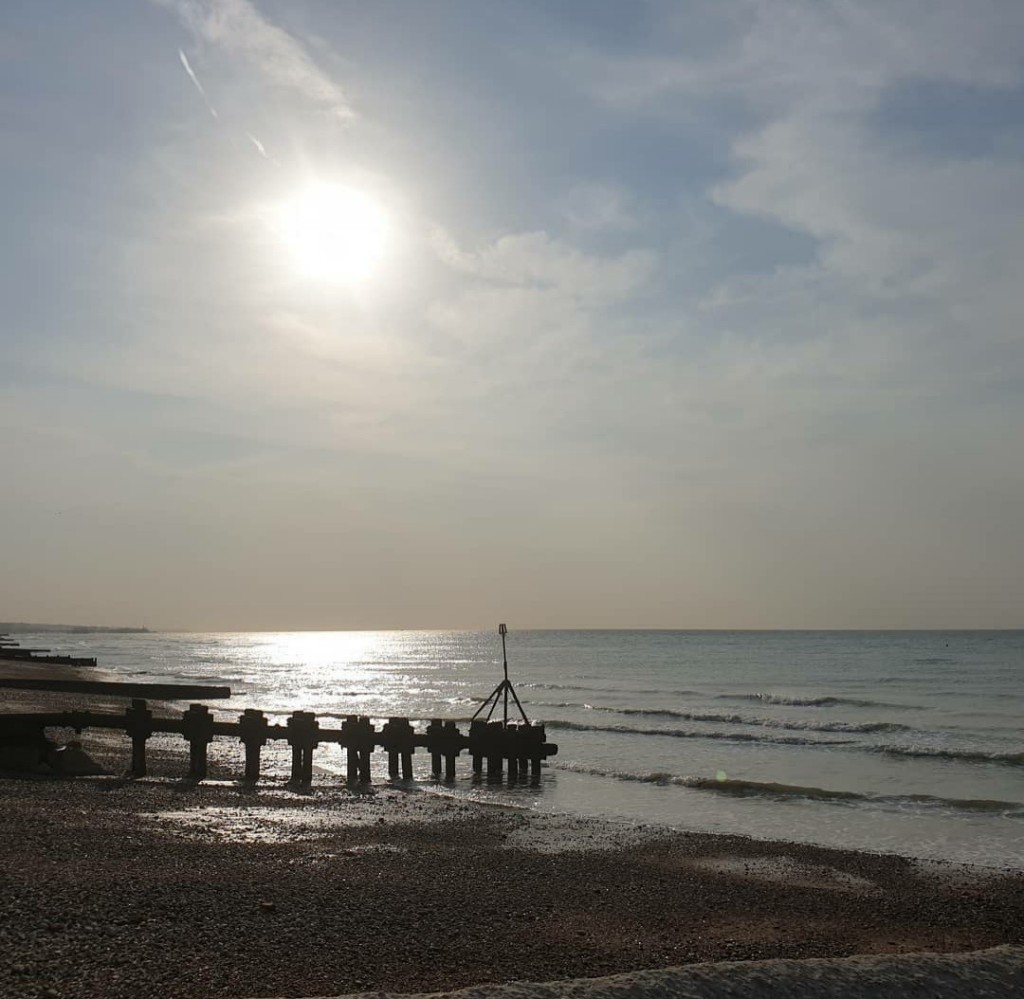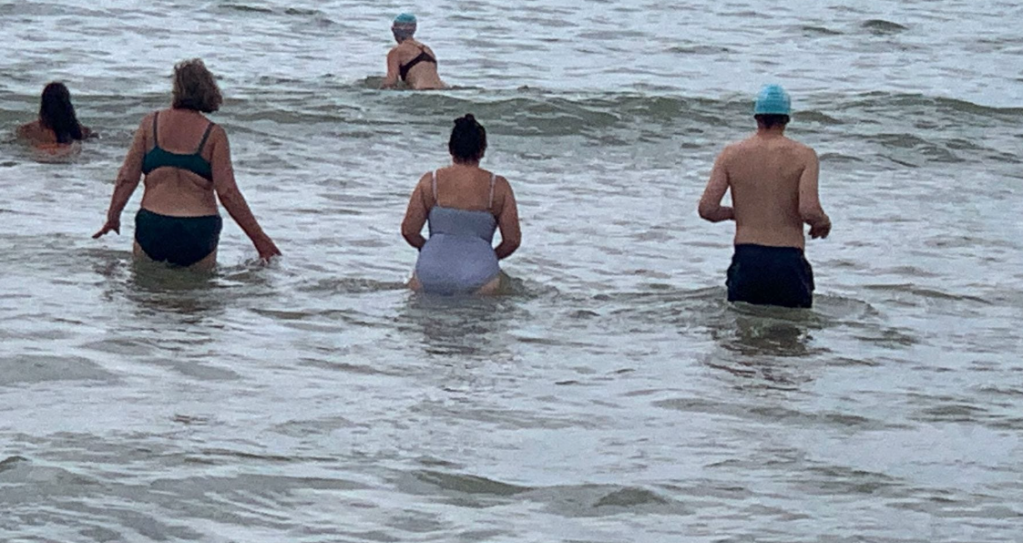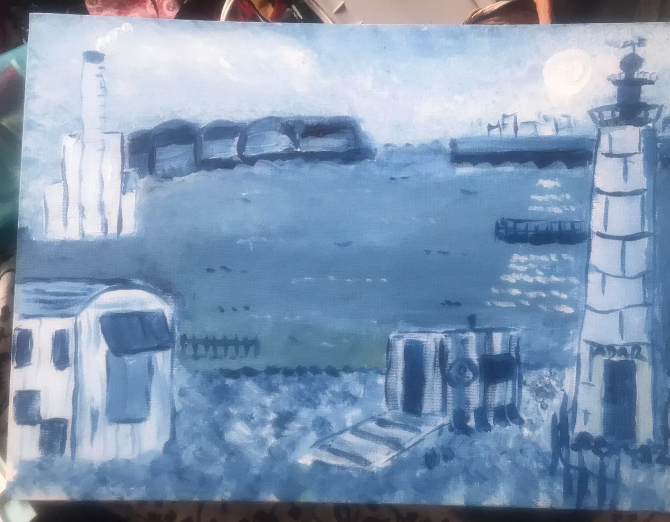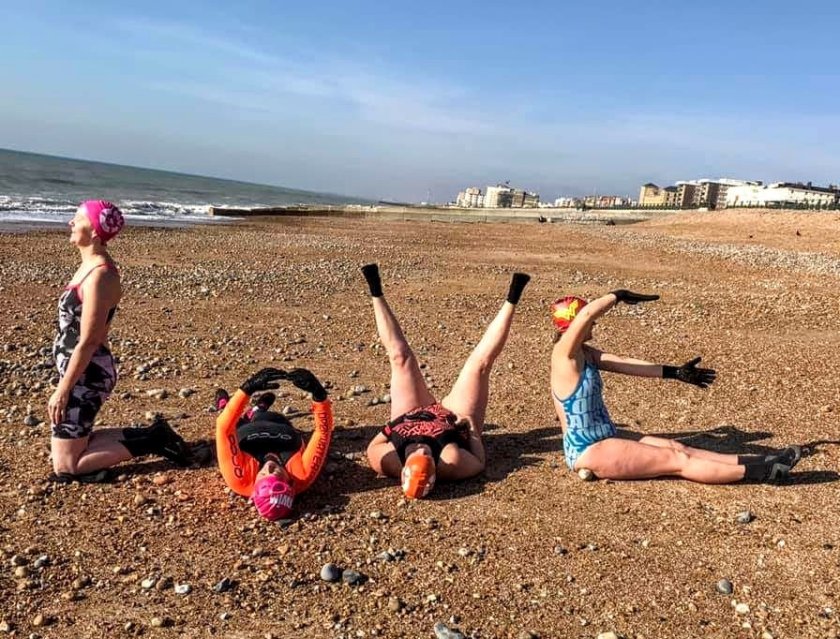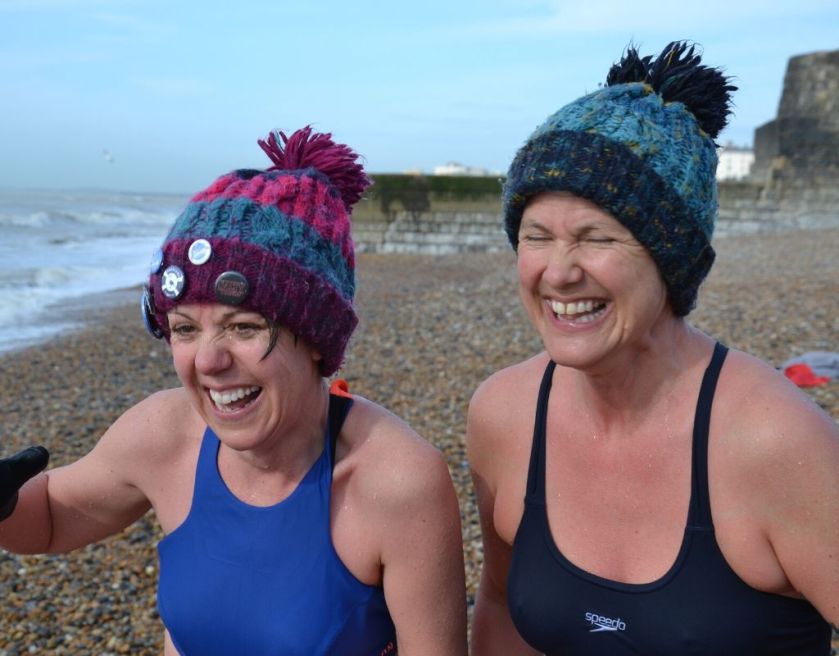Once the May Bloom begins to die back the jellyfish appear on the south coast of England. Jellyfish are the s staple diet for leatherback turtles and sunfish and we occasionally sightings off Brighton’s beach . So what visitors can we expect each year from May to October? (Also included are a couple of creatures that are technically not jellyfish but kinda look and act like them so they get a mention.)
I love jellyfish. I think they are mesmerising to watch and I can often while a way a few minutes (read hours) watching the Monterey Bay Aquarium jellyfish dance on their jellycam. They don’t really swim but instead are carried by tides and currents around the UK waters. They all sting but to varying degrees and are essential in the marine food chain so I feel we can forgive them if they accidentally leave some nematocysts stinging cells on our limbs. For me summer has only truly arrived once I feel a slight skin irritation after a shower and know it’s because I’ve been stung by a jellyfish.

Sea Gooseberry – The first to appear in the summer are sea gooseberries, which are not actually jellyfish, but they are my favourite. They are so named for obvious reasons but are sometimes called comb jellies or ctenophore. Due to their almost transparent nature they can be hard to see but you feel their cilia, which they use for swimming or their two long trailing tentacles as a soft tickle. Their shadows on your skin are sometimes easier to spot than the actual creature itself. They vertically migrate throughout the day so are most common near the surface in the mornings or evenings.

Moon – this jelly has an umbrella shaped transparent bell with 4 very distinct purple or white rings in the centre and gets up to around 40cm. These are the jellyfish gonads! It has very short hair like tentacles which release the mildest of stings. So mild you may not even realise you have been stung.

Compass – this is the jellyfish we draw or see in drawings. It has a typical umbrella top and lovely long tentacles and frilled arms and grows to around 30cm. It is identifiable by the markings on it’s bell, which resemble a compass and are reddy brown in colour. If you feel you have been stung by a jellyfish on the south coast this is likely to be the culprit. It is sometimes called a nettle jellyfish as it’s sting feels similar to that of a nettle.

Blue – This jelly fish has a dome shaped bell and lots and lots of stinging tentacles and is around 30cm. Although it is named ‘Blue Jellyfish’ it doesn’t actually turn blue until it is at full maturity. It gradually changes from a pale yellow to a blueish purple. During it’s paler phase it can commonly be mistaken for a Lion’s Mane Jelly. He’s stinger!

Lion’s Mane Jellyfish – quite obvious how it got it’s name. A very elaborate orange jellyfish which can grow quite large (50cm – 2m) with This is the worst stinger but fortunately for those of us that swim off the south coast they are usually found in northern waters. The problem with these is they sting A LOT because they have such A LOT of tentacles which easily break off. These are worth seeking medical attention for.

Barrel – sometimes called dustbin lid jellyfish as this is typically their size so you’ll know of you see one. They can get up to 1m. You can often spot them in the deep water of Shoreham port when they get stuck in the locks there. They are incredible to look at. The good news is they do not have tentacles but rather frills and if they sting you they re very mild.

Mauve Stinger – does what it says on the tin. It’s mauve and it stings. It’s much smaller than the others only getting up to about 10cm and it has a deep bell, pinky purple in colour. It have 8 stinging tentacles that can leave you with skin irritation, blisters, hives and scabs.

Portuguese man-of-war or bluebottles are not actually a jellyfish and don’t just exist in Portugal. It is in fact a siphonophore which in layman’s terms is a whole host of colonies of genetically identical creatures! It gets its name from the uppermost polyp, a gas-filled bladder, or pneumatophore, which is blue-purple in colour and sits above the water and somewhat resembles an old warship at full sail. It has incredibly long fishing polyps, up to 10 metres long and although rare in UK waters is has a powerful and dangerous sting. Get to the doctor!

By the wind sailor – sometimes confused with the Portuguese man-of-war as it too has a sail like structure that sits above the water line and they are blueish purple in colour. Again it is not a jellyfish but it does have stinging tentacles that are harmless to humans. The tend to appear in huge swarms.
STINGS – what to do!
Jellyfish can sting whether they are dead or alive and if a part of the tentacle is broken off it can still sting you. Stinging cells, normally intended for their food prey, basically attach themselves to your skin and well sting. How much they hurt and how dangerous the sting can be all depends on the type of jellyfish, how much you have been stung and how you react to stings. For example, if you are the type of person that blows up when bitten by a mosquito because your body produces an excess of histamine, the likelihood is you will react the same way to a jellyfish sting. Certain types of stings will always require medical attention as per the description above. The more mild stings can be treated in the following ways;
- Remove all traces of the stinging cells from your skin with a bank card by scraping it along the surface.
- The sting reacts to changes in temperature and PH levels so keeping both of these consistent for as long as possible will reduce pain and redness. So it sounders counterintuitive and probably not very inviting but stay in the salty cold water of the sea for as long as possible.
- Do not clean the area with fresh water as this will do both of the above (change in temperature and PH) and boy will you know it if it is a significant sting. As previously said I sometimes only realise I have been stung when have a shower – a good reason to avoid them and stay salty.
- Treat with heat not a cold compress
- Take paracetamol and/or antihistamine
- A newly discovered favourite is put shaving foam on the affected area as it apparently prevents the spread of toxins and shave to remove the stinging cells. Who knew!
The gooseberry, moon, compass and barrel are the most common in the English channel. I have never seen the others in Brighton and Hove but that’s not to say they have never occurred, just that they are rare. If you wish to continue swimming in the sea over the summer months you are going to have to put up with these fascinating residents. Rash vests and swim leggings can be worn to prevent stings but it won’t prevent you from encountering them. Hopefully, learning about how important they are to the marine food chain and knowing that the sting from the most commonly occurring types is harmless won’t stop you from getting in the water.
Lots of organisations are interested in tracking jellyfish populations. The Marine Conservation Society record which jellyfish get washed up and where so please report whatever you see. The Wildlife Trust also asks for public volunteers to record wildlife on our shores.
Favourite jellyfish fact: Groups of jellyfish are called swarms, blooms or my favourite smacks!
Others facts about jellyfish: They move with the currents of the sea so can be found ANYWHERE – both in shallow and deep water. They only group together when they are moving in the same direction or following the same prey. They can use their mouths to propel themselves looking for prey but will not purposefully swim towards you or away from you as they have no eyes and no brain . They feed on algae and small fish, crabs and shrimp which they must digest quickly, the waste is expelled back out of its mouth, or it would weigh to much to continue floating. They rise and fall in the water with the sun – so on hot sunny days they will be nearer the surface where sun there is sun loving algae and at night they return to the sea bed.
NB: All image are taken from Wikipedia – there will be better and beautiful examples of the jellyfish on the internet but so as not to breach copyright they have not been shared here.
Just keep swimming!


